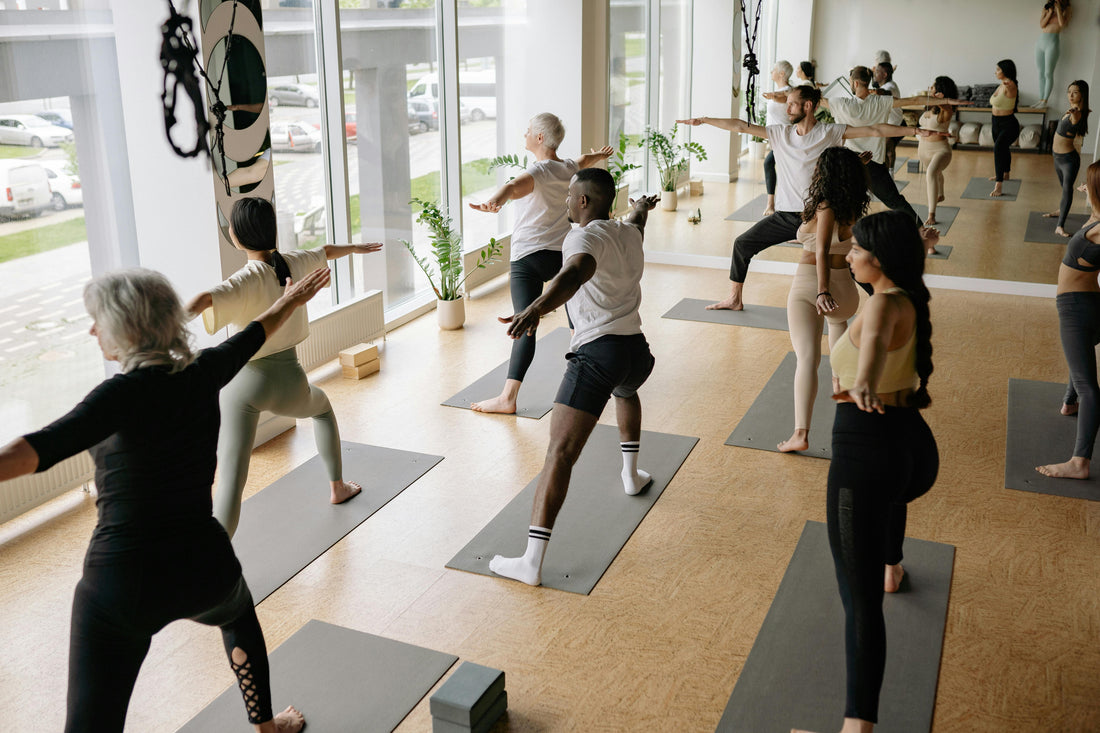
How Simple Exercise Can Boost Health in Older Women
Share
Introduction
As we age, staying active becomes harder—but also more important. For older women with health problems like high blood pressure, diabetes, and obesity, regular movement can make a big difference. A new study shows that even short, simple workouts done just three times a week can help improve strength, fitness, and body composition in just two months.
The Study: What Was Done
Researchers in Chile studied 36 older women who had health conditions linked to heart disease and metabolism (things like blood sugar and cholesterol issues). They divided the women into three groups:
- One group did resistance training (RT) with elastic bands.
- Another group did high-intensity interval training (HIIT) on a stationary bike.
- The last group (the control group) didn’t exercise but continued their usual medications.
Each exercise session lasted about 10 minutes and was done three times a week for eight weeks. The women were checked on their weight, fat and muscle levels, hand strength, and walking ability before and after the program.
Key Findings: Exercise Really Works
Here’s what the study found:
- Stronger Muscles: The women who did resistance training gained significant strength in their hands. This is important because hand strength is a sign of overall muscle health.
- Better Endurance: The women in the HIIT group were able to walk farther in six minutes after eight weeks. This shows better heart and lung fitness.
- Body Changes: Both exercise groups showed small but positive changes in body fat and lean muscle. These changes were more noticeable in women who responded well to exercise.
Why This Matters
Even though the exercises were simple and took little time, the women still made progress. Many people think you need to spend hours at the gym to get fit, but this study proves otherwise. Just 10 minutes, three times a week, with the right kind of exercise, can make a big difference—especially for older adults who might not be very active to begin with.
Everyone’s Body Responds Differently
Not all women in the study saw the same results. Some showed big improvements early on, while others improved more slowly. A few didn’t respond much at all. This shows that everybody is different, and it’s important to find the type of exercise that works best for each person. What works for one woman might not work the same way for another.
Still, most women who stuck with the program showed benefits by the end of eight weeks—especially those who kept up with all their sessions.
Tips for Getting Started
If you or someone you know is looking to improve strength and fitness, here are a few tips based on the study:
- Start with simple exercises: Elastic bands and stationary bikes are easy to use and gentle on joints.
- Stick to short sessions: Even 10-minute workouts can help if done regularly.
- Stay consistent: Changes happen over time, so don’t give up after a week or two.
- Watch your progress: Track how far you can walk or how strong you feel. Improvements often come slowly.
- Talk to a doctor: If you have a health condition, ask your doctor what kind of exercise is safe and helpful for you.
Conclusion: Movement Is Medicine
This study is a great reminder that you don’t need expensive equipment or long workouts to improve your health. For older women with heart and metabolic issues, short sessions of resistance or high-intensity training can lead to better strength, more energy, and even better control of conditions like diabetes and high blood pressure.
The most important thing is to get moving—and to keep going. Every step counts.
